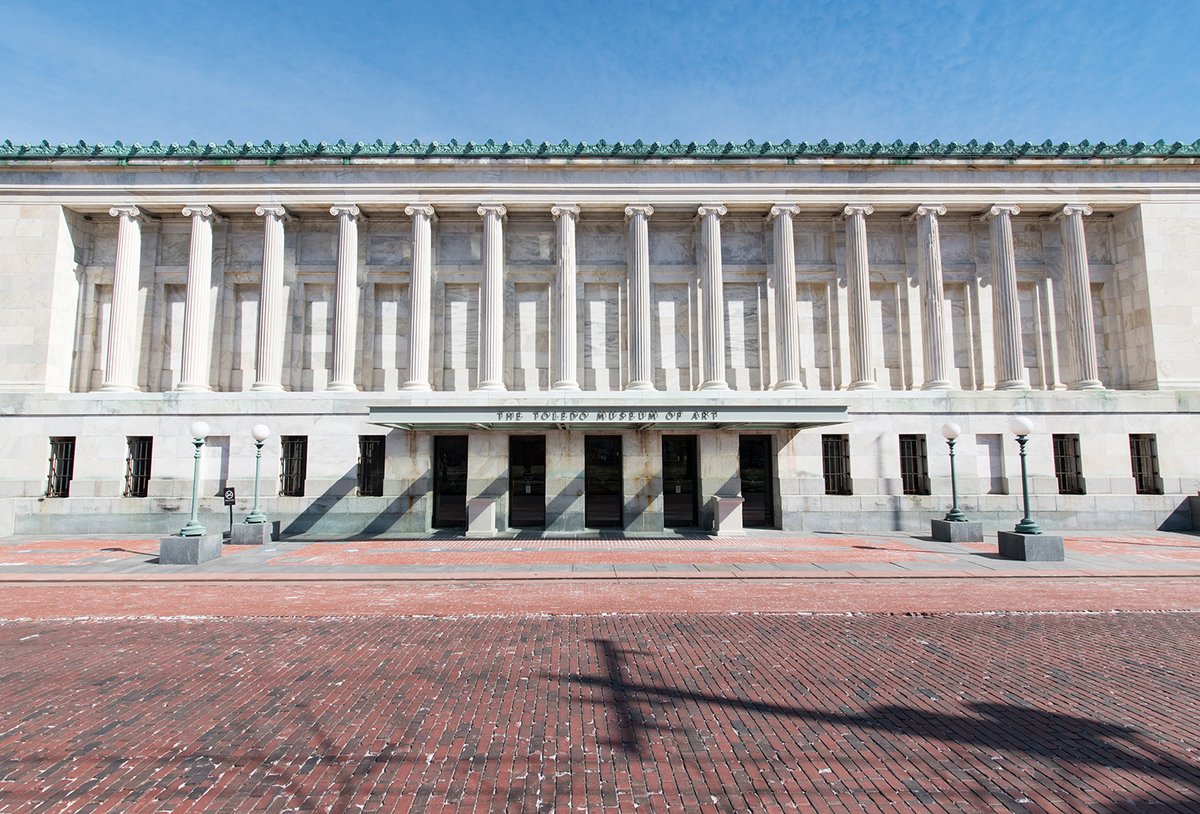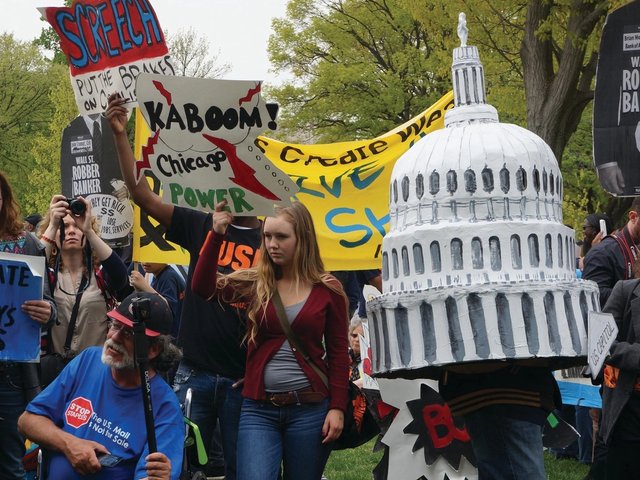The Toledo Museum of Art (TMA) is a not-for-profit educational institution; that does not mean that we are “for loss”. This observation may seem obvious, but I have been surprised both by how people misunderstand and mischaracterise the non-profit designation. It is possible to run a non-profit as a business, with discipline and accountability, without turning it into a corporate caricature. Our “bottom line” at TMA is not dollars and cents; it is impact through art.
To be a non-profit simply means that such an organisation puts purpose ahead of profit—a very different concept from whether or not a museum can or should have revenues that exceed expenses. For-profit companies distribute earnings as a reward for the risk taken by investors. When a non-profit generates net income, since it has stakeholders rather than shareholders, it reinvests profits into greater mission achievement. Non-profits, in other words, can run surpluses so long as they plough those profits back into their purpose.
Surplus supports the mission
At TMA, our budget was $15m in 2020. This fiscal year (June 2024 to July 2025), we will have a $22.5m budget. This growth largely stems from an expansion in unrestricted philanthropic contributions (which have grown from $3.5m to almost $9m), and those contributions, especially in the first two years, outpaced expectations. This outperformance has meant that we have consistently generated cash surpluses. How, you might ask, do we use them?
Over the past five years, we have increased our compensation budget from just under $9m to just over $13m, a nearly 50% increase. That growth was driven by internal equity studies, external third-party benchmarking and a 66% increase in the minimum wage to $15 per hour. We invested in augmented benefits, increasing our professional development spending to the highest levels of any US museum (per employee), expanding our retirement plan match by 50% and other measures. We expanded programming too (by doubling our exhibition budget, for instance), but our primary focus was on our team. To put it simply, TMA generated profit and used it to invest disproportionately in our best asset: our people.
Given this case study, which demonstrates how financial performance can be directly related to the ever-vexing conversations about non-profit compensation, why is there such an aversion to the idea of a group organised for charitable purposes running a surplus?
While I cannot speak for the field, there seems to be anxiety that orienting towards financial performance could cheapen our institutions and erode our commitment to purpose. That fear, while legitimate in some respects, confuses good business practice with corporate culture. Our mission for decades has been “to integrate art into the lives of people”. The better we engage audiences with deep, meaningful and regular art experiences, the more donors from Toledo and beyond want to support us. Our resources in the non-profit world do not increase in proportion to a capitalist motive, but they should increase in proportion to the impact we make.
Our investments in staff have expanded the service our incredible team can offer. Our exhibitions last year received widespread acclaim, especially Marisol: A Retrospective and Ethiopia at the Crossroads. Our rebrand won a Cannes Lion and was just named by Ad Age as one of 2024’s best rebrands in the world along with Reddit, Bose, Goldfish and Kit Kat. Most importantly, visitation has grown year-over-year every year since reopening after Covid-19, with more and more people coming back for second and third visits, and our visitation is now more diverse than our metropolitan statistical area.
Non-profits must embrace sound financial practices, not as a departure from their mission, but as a strategy to sustain and amplify it. It is safer to reinvest surpluses than expand budgeted expenses without proving you can raise that revenue. That approach has worked at TMA, and there is no reason to think it cannot work elsewhere.
• Adam M. Levine is the director of the Toledo Museum of Art





